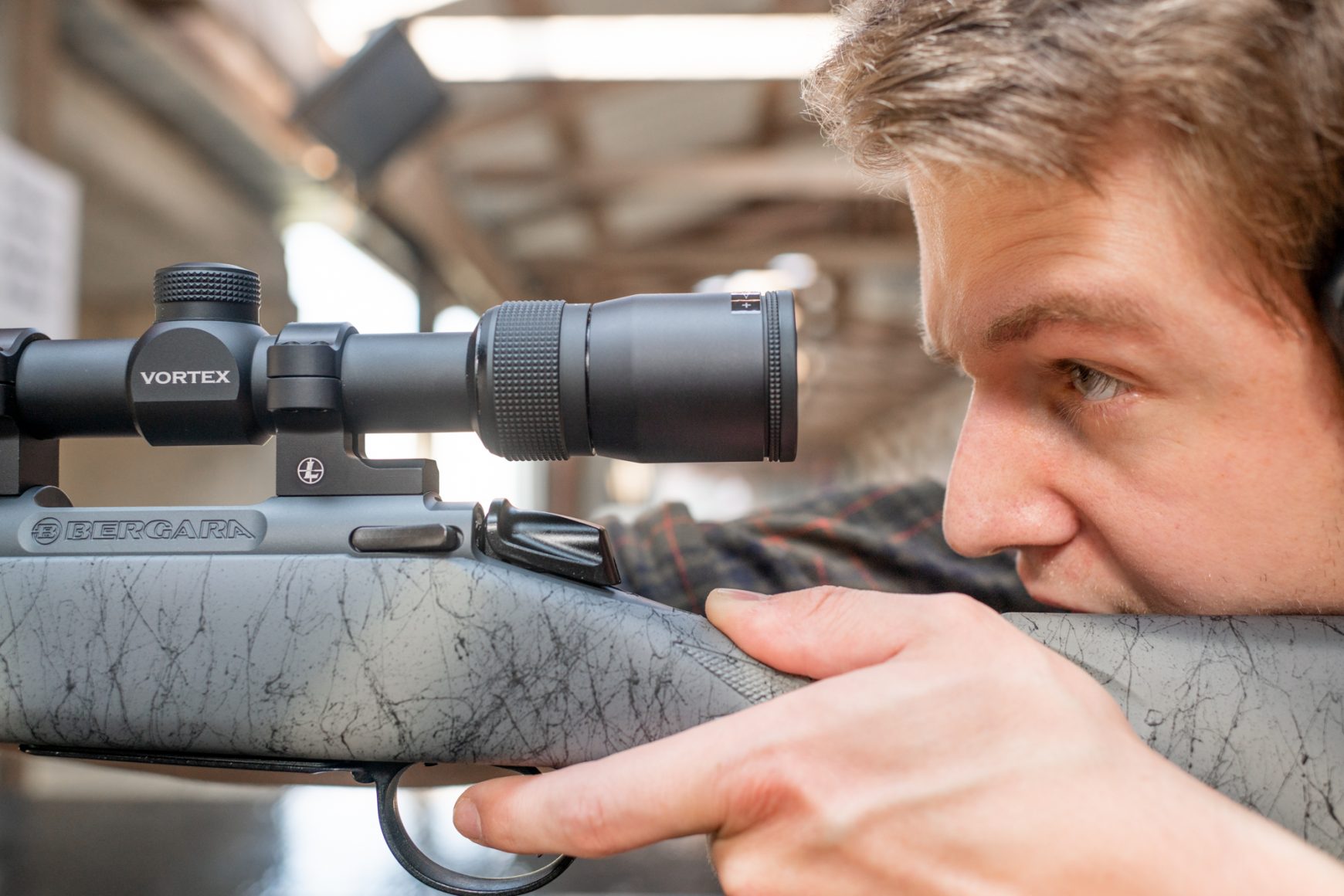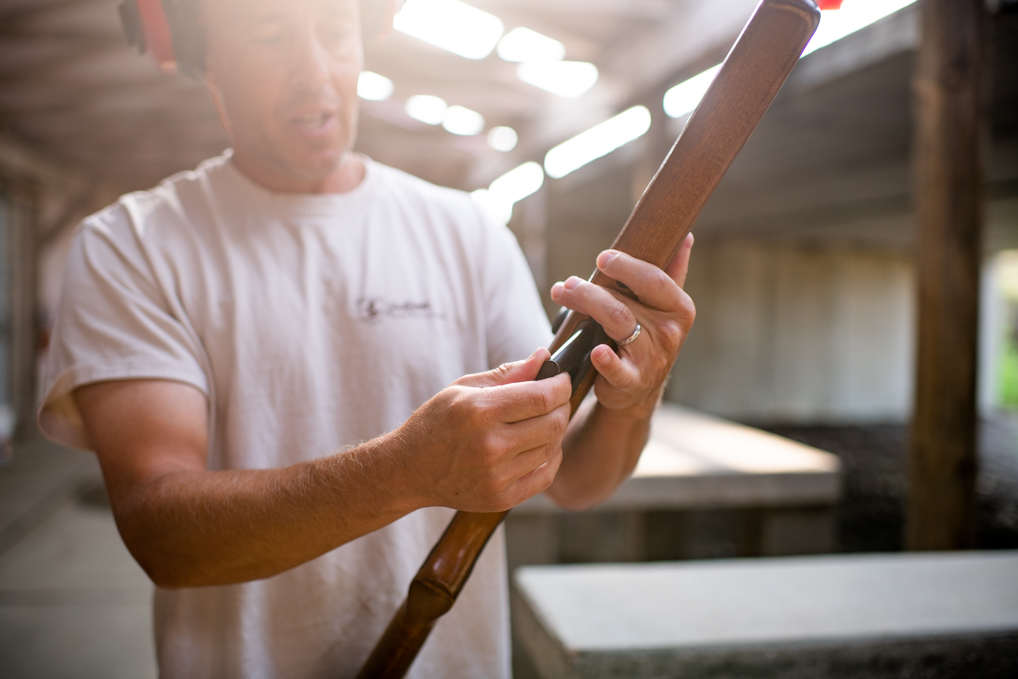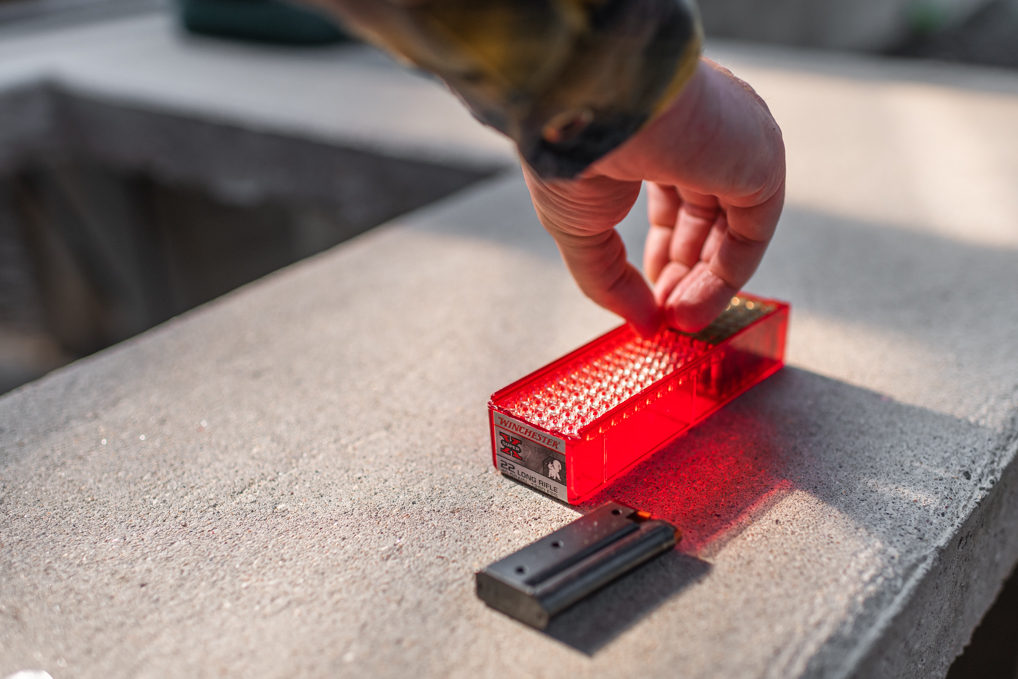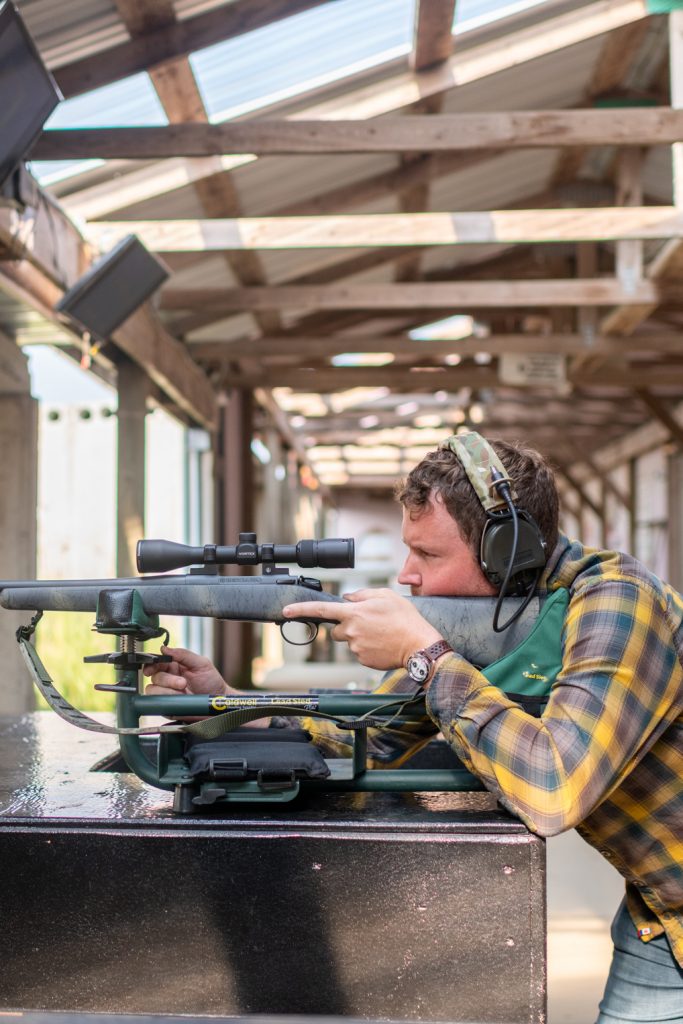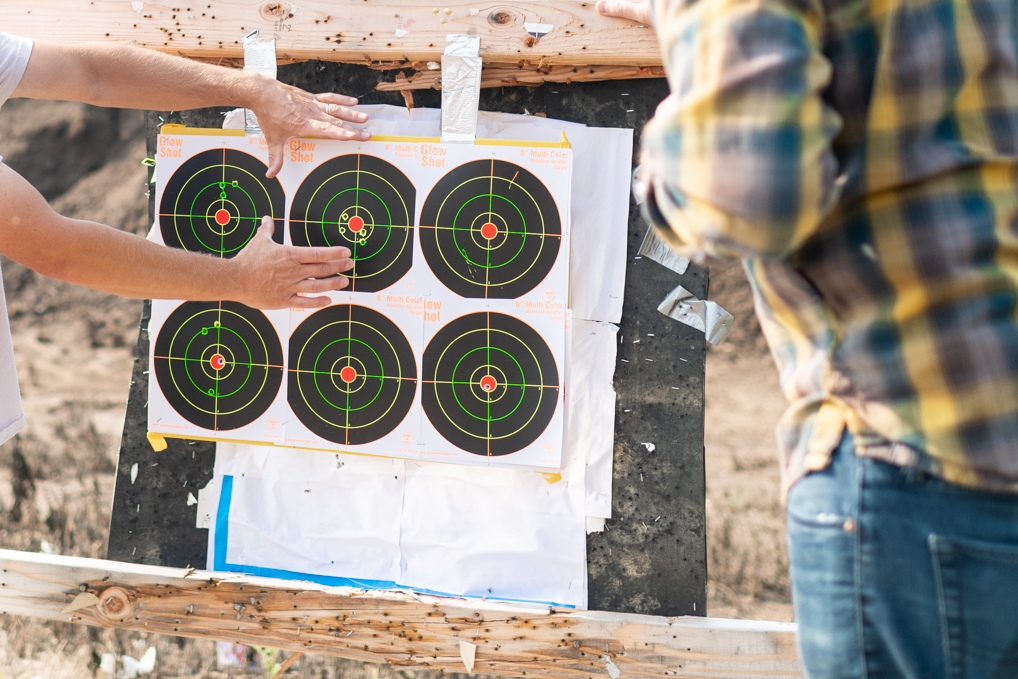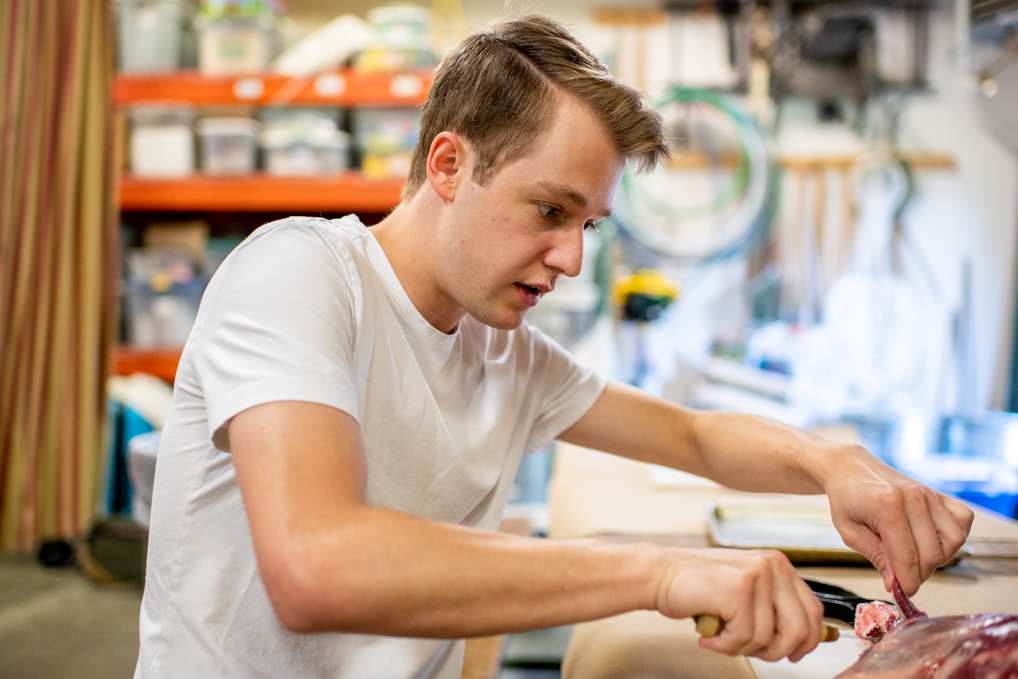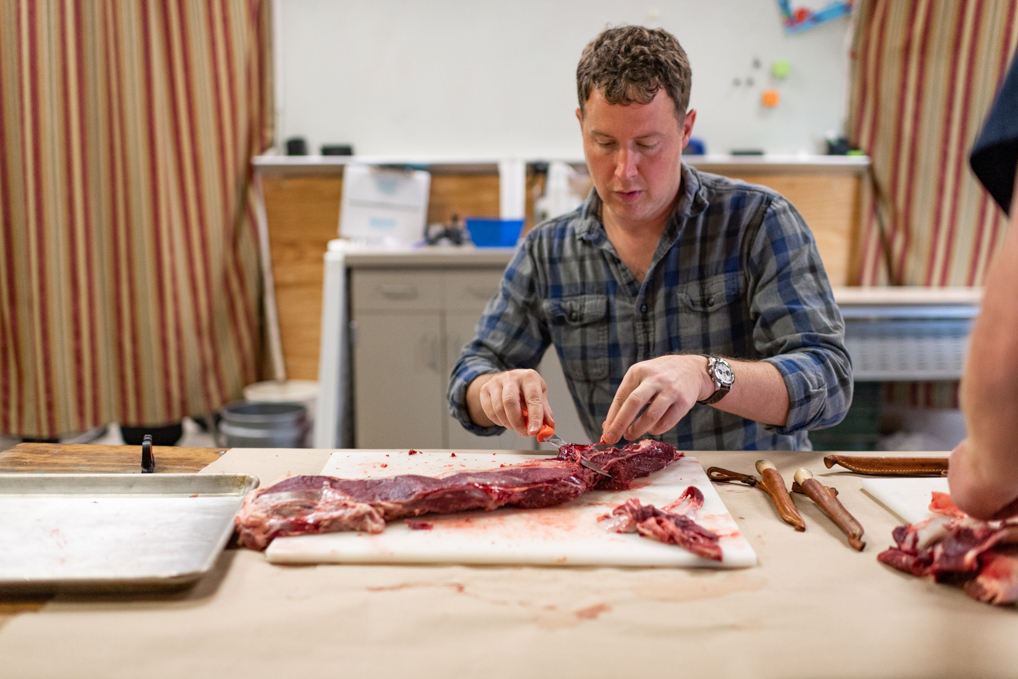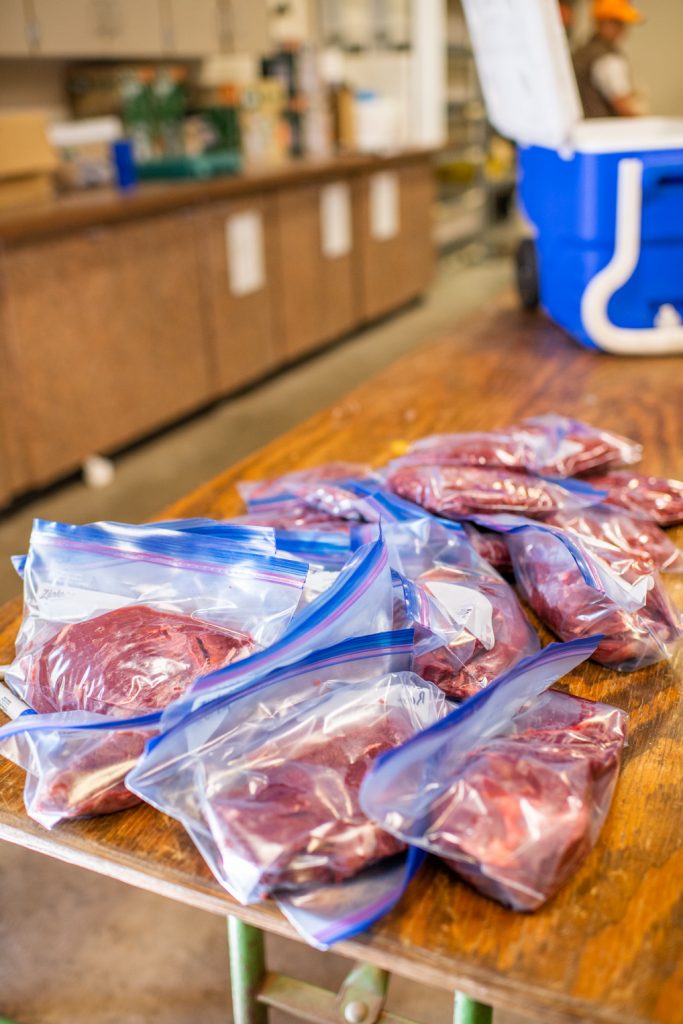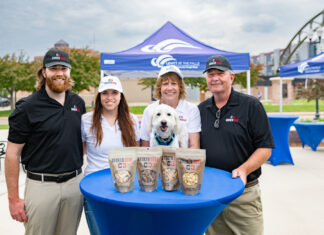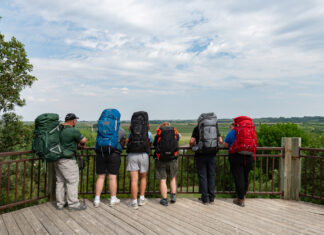For anyone interested in learning the art and craft behind hunting, Outdoor Campus-Sioux Falls offers Hunting 101.
Groups, homeschool, and high school coordinator Derek Klawitter covers the entirety of the hunting experience in the course: choosing a gun, aiming, locations, safety, having relationships with landowners, weather factors, dressing and tagging game, and processing the harvest.
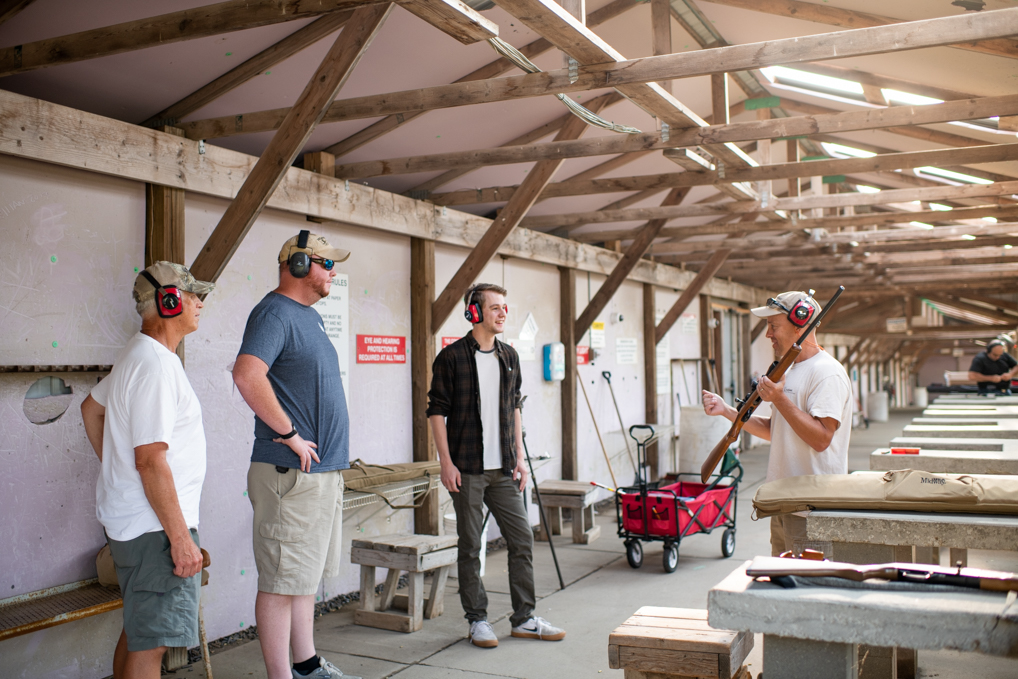
“The program is for anyone 10 years of age and up,” explained Klawitter. “I have taken out entire families.”
He added that hunters are slowly diminishing in South Dakota.
“Unfortunately the majority of hunters in the U.S. are starting to age out faster than new people are joining the tradition,” said Klawitter. “I think people should take up hunting to keep the tradition alive.”
Other ways hunting is beneficial include wildlife population management, providing food, exercise, and a connection to nature.
605’s marketing and events manager, John Snyder, and lead multimedia designer, Jordan Cushman, joined Klawitter to learn the ways of the trade with apprentice tags in hand.
Klawitter brought the pair out to Paul Dailey’s stretch of land, where there has been a pattern of deer decimating crops.
Dailey’s land is part of the Walk-In Areas Program (WIA), in which private landowners allow foot-traffic hunters to use their property. In exchange, the landowners receive a payout and non-negligent liability immunity.
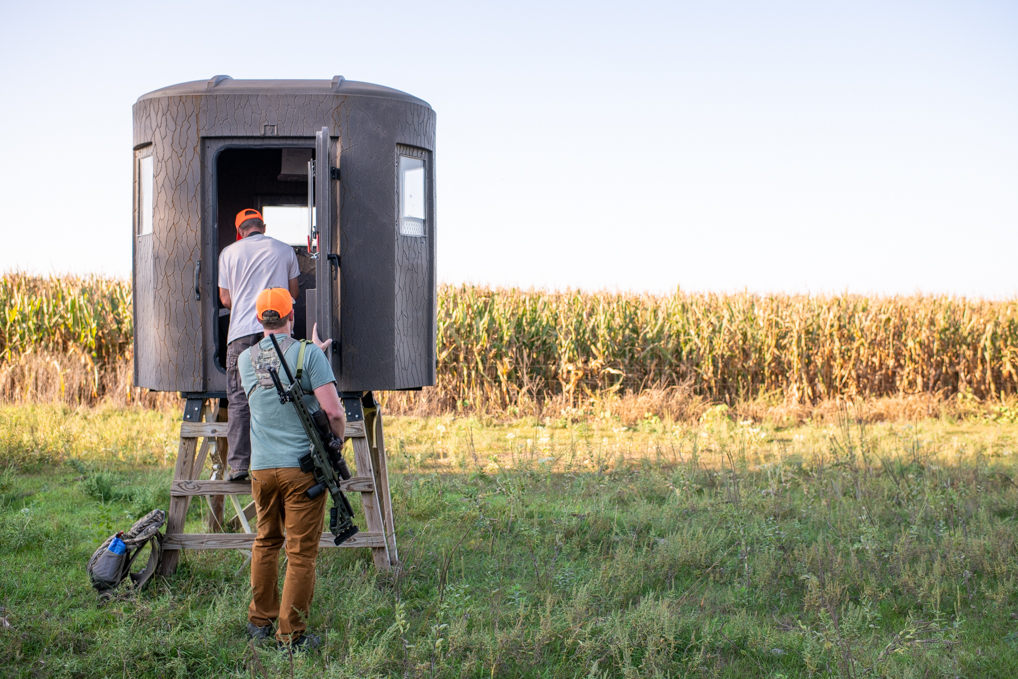
Every WIA has its own limit of how much game it can turn out each year. Dailey’s land is on the high end of those numbers.
“Some of the properties can harvest up to 20 plus deer in a given year, while others I only take out two or three deer due to landowner allowance,” said Klawitter. “Since we started this program almost five years ago, we have harvested over 100 deer on his property alone.”
Anyone coming onto a WIA must above all else respect the landowners rules, and Klawitter says that his relationship with each one is important.
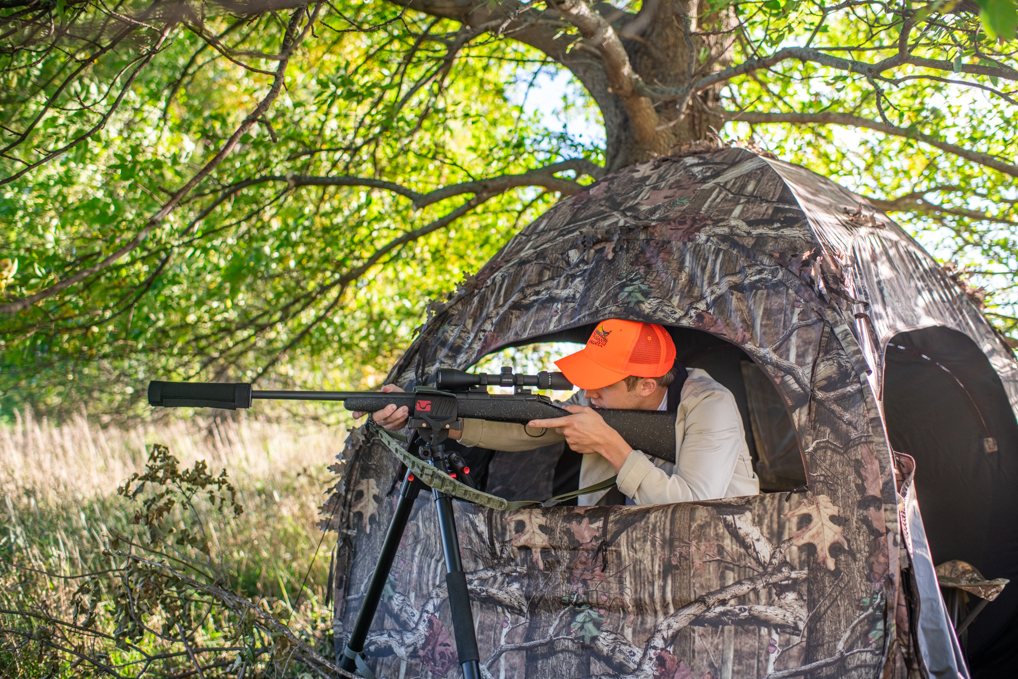
“When you think about it, why would someone allow a complete stranger to come and shoot guns on their land,” pondered Klawitter. “That’s why there has to be some sort of bond and connection of trust. I always touch base before and after the hunt to make sure everything is still okay to come hunt and to give them the report after our hunt, as well.”
Perhaps one of the biggest lessons in Hunting 101 is how to hunt safely.
“Being aware of your target and what lies behind and around it is critically important,” said Klawitter. “Once a shot is fired, you can’t take it back.”
Top 5 Takeaways
Here are the top five things Klawitter wants the participants in Hunting 101 to take away from the experience, in his words.
1. Confidence
“I want hunters to be confident to hunt on their own after this experience.”
2. Tradition
“Hunting is all about family and friend time. I want people to carry on this and make their own annual hunting trips, thus carrying on the tradition.”
3. Safety
“Once a shot is fired, you can’t take it back.”
4. Secret Recipes
“Wild game prepared properly is some of the best and most healthy table fare available.”
5. Outdoor Recreation
“Hunting is a great reason to just go out and see nature.”
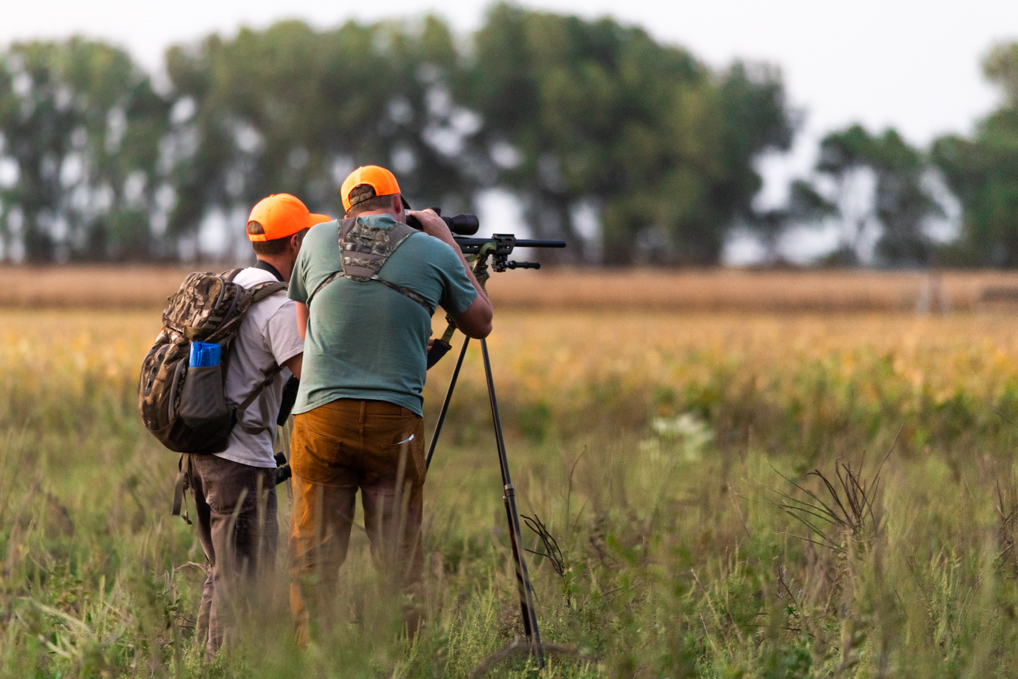
For a cumulative couple of hours, Jordan and John say they were talked through various safety measures.
“While firearm safety and hunting safety have a lot of overlap, hunting safety has other factors that require additional cognisance,” said Jordan. “From handling knives, interacting with large animals, and safely storing game meat, there isn’t a moment to get careless.”
After spending about an hour in a deer blind located in a tree line at the edge of a field, the sun was beginning to set on their time behind the barrel.
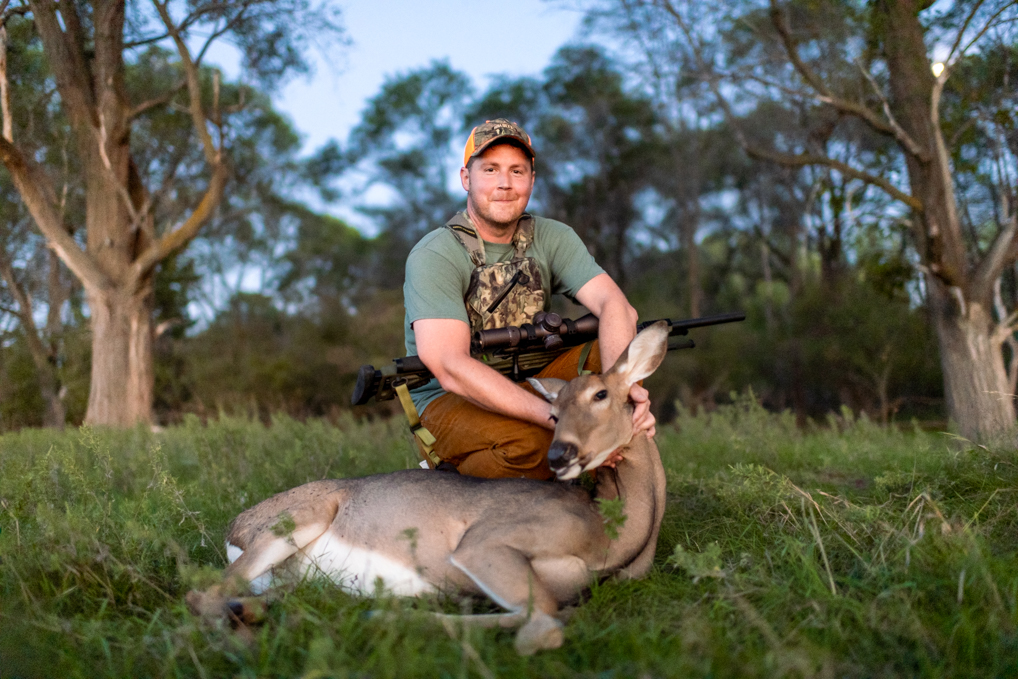
“Hunting was really hard and not at all a shooting fish-in-a-barrel type of experience,” said John. “We almost didn’t get a shot in before sundown.”
They moved half a mile or so from the blind, near a soybean field, and that’s where John took aim.
“My shot was a ‘stalk and shoot’ from 250 yards and was pretty difficult,” explained John. “I had a two-to-three-second window to shoot before the deer disappeared. With a little luck in the wind, it was very quick.”
After verifying the success and efficiency of John’s shot, the trio harvested the game.
“After I take youth hunters out, I always have them write a ‘thank you’ to all of the landowners. Some of these notes are very heartfelt, and they write down in words what it was like to harvest their very first deer, which is rewarding as well to some.” -Derek Klawitter
“A deer can provide 30 to 60 pounds of meat,” said Klawitter. “I personally make most of my deer into burger, as it can be used in everything from spaghetti to chili.”
The following morning, the team worked with Klawitter and outreach coordinator Jason Nelson to finish harvesting the game at a different facility.
“For anyone new to the sport, I would 100% recommend it,” said Jordan. “You will be able to go into your first hunt armed with a greater respect for the animal, the sport, and the culture of safety required to make a hunt successful.”


